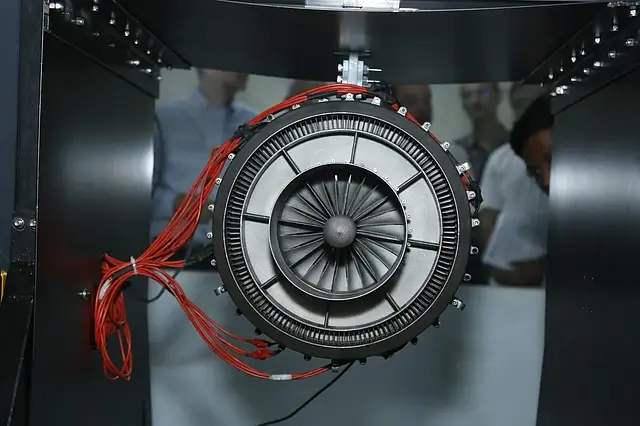SiriNor’s journey from a chance LinkedIn conversation to achieving NASA TRL-6 validation showcases exactly the kind of audacious deep-tech entrepreneurship that drives us at GIA.
What is the news?
- SiriNor has secured patents for its zero-emission supersonic and subsonic fan engine technologies and filed global applications under the Patent Cooperation Treaty (PCT) to protect its innovation internationally.
- We recently covered SiriNor when it had successfully completed ground testing. The startup has raised over $3 million through a mix of sweat equity, capital raises, non-dilutive grants, and in-kind support, with backing from British energy giant Shell.
- Founded after co-founders Pramod Vaditya and Abhijeet Inamdar connected on LinkedIn, SiriNor aims to work its way up the aviation propulsion market, starting with UAVs and scaling to engines for full fighter aircraft.
Why is it interesting?
- This exemplifies the power of Nordic-Indian fusion, Ivar Aune’s entrepreneurial vision combined with Indian engineering talent has created a solution that addresses India’s strategic vulnerability in aerospace, where majority of jet engine components remain imported.
- SiriNor’s indigenous supply chain breakthrough eliminates dependence on exotic materials (nickel, cobalt, iron, titanium alloys).
- Their ‘tip-turbine-based electric fan engine’ architecture represents a fundamental reimagining of propulsion physics, operating below 400°C versus traditional combustion engines, enabling scalable thrust configurations across the entire range of flying machines from UAVs to fighter jets.
- The validation at IISc Bangalore confirming potential for over 90 kN thrust and 4,000 km flight range proves that breakthrough innovation doesn’t require decades of R&D when you approach problems differently – from student dream to commercial readiness in under 5 years.
Read more:This Shell-backed Startup From Pune Is Building a Jet Engine To Make India

